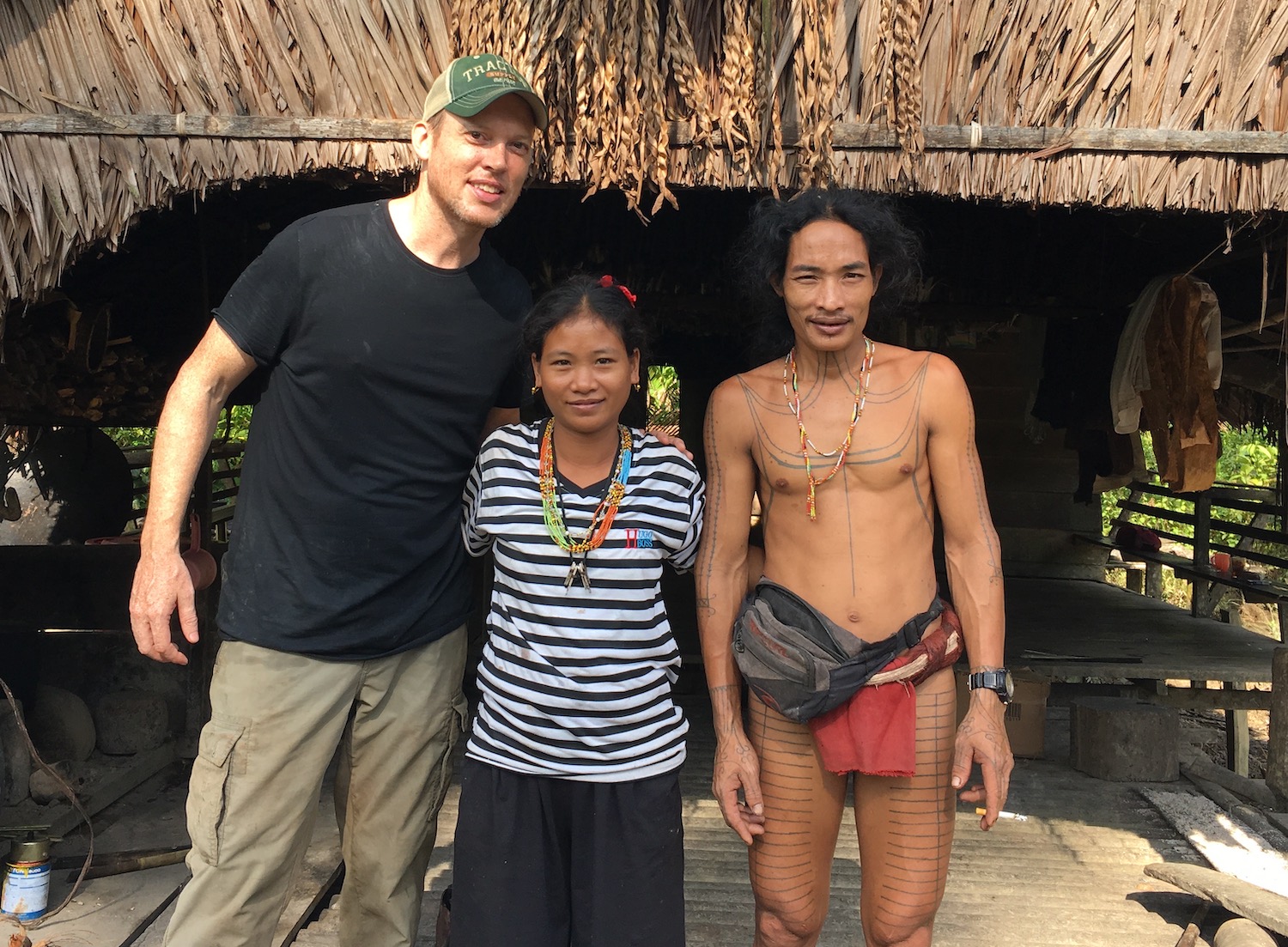Loincloth

In the tapestry of human history, clothing has played a pivotal role, reflecting cultural identity, social status, and environmental adaptation. Among the myriad of garments that have adorned civilizations throughout the ages, the loincloth stands out as one of the most primitive yet enduring pieces of attire. From ancient civilizations to modern interpretations, the loincloth’s journey traverses continents and epochs, embodying a rich tapestry of tradition, utility, and symbolism.
Table of Contents
ToggleAncient Origins:
The origins of the loincloth are deeply rooted in antiquity, with evidence of its existence dating back thousands of years. Initially crafted from simple materials such as animal skins, woven fibers, or leaves, the loincloth served as one of humanity’s earliest forms of clothing. Its simplicity belied its significance, providing essential coverage while allowing for freedom of movement in hot climates. Ancient civilizations across Africa, Asia, the Americas, and Oceania embraced the loincloth, adapting its design and materials to suit their cultural and environmental needs.
Cultural Significance:
Beyond its practical utility, the loincloth held profound cultural significance for many societies. In numerous indigenous cultures, the loincloth symbolized purity, masculinity, and spiritual connection with the natural world. Rituals surrounding its creation and wearing imbued it with sacred meaning, marking important milestones in a person’s life, such as initiation ceremonies or tribal gatherings. Additionally, the intricate patterns and designs adorning loincloths often conveyed messages of lineage, status, and belonging within a community, fostering a sense of identity and unity among its wearers.
Iconography and Representation:
The loincloth’s enduring presence in art, literature, and popular culture attests to its iconic status throughout history. Depictions of ancient gods, heroes, and mythological figures frequently feature them adorned in loincloths, emphasizing their association with strength, virility, and heroic deeds. In modern times, the loincloth has been reimagined and romanticized in literature, film, and fashion, perpetuating its allure and mystique across generations. From the loincloth-clad heroes of pulp fiction to iconic film characters such as Tarzan, its symbolism continues to captivate the imagination and evoke a primal sense of adventure and freedom.
Contemporary Revival:
While the loincloth may evoke images of bygone eras, its relevance endures in contemporary society, albeit in evolved forms. In various cultures, traditional loincloths remain integral to ceremonial attire, preserving ancient customs and connecting present generations with their heritage. Moreover, the global fashion landscape has seen a resurgence of interest in minimalist and sustainable clothing, leading to a renewed appreciation for the simplicity and functionality of the loincloth. Designers and artisans are experimenting with innovative materials and techniques to create modern interpretations of this ancient garment, blending tradition with contemporary aesthetics.
Social and Environmental Implications:
Beyond its cultural and aesthetic appeal, the loincloth carries profound implications in the context of social norms and environmental sustainability. Its minimalistic design challenges conventional notions of modesty and gendered clothing, inviting discourse on body positivity and self-expression. Furthermore, the use of natural fibers and eco-friendly production methods aligns with contemporary efforts to reduce the fashion industry’s environmental footprint, advocating for a return to simplicity and mindful consumption.
Preserving Tradition:
As the world hurtles towards an uncertain future, the preservation of cultural heritage becomes increasingly imperative. The loincloth stands as a tangible link to humanity’s collective past, embodying centuries of tradition, wisdom, and resilience. Efforts to document, protect, and promote traditional loincloth-making techniques and practices are essential in safeguarding this invaluable cultural legacy for future generations. By fostering dialogue and collaboration between indigenous communities, scholars, and policymakers, we can ensure that the timeless legacy of the loincloth endures as a testament to humanity’s rich diversity and shared heritage.
Conclusion:
In an ever-changing world driven by technology and globalization, the humble loincloth serves as a poignant reminder of our shared humanity and enduring connection to the natural world. From its ancient origins to its contemporary revival, this simple yet profound garment continues to weave a narrative of tradition, identity, and cultural resilience. As we navigate the complexities of the modern age, let us not forget the lessons imparted by the loincloth – of simplicity, authenticity, and reverence for the timeless wisdom of our ancestors.





